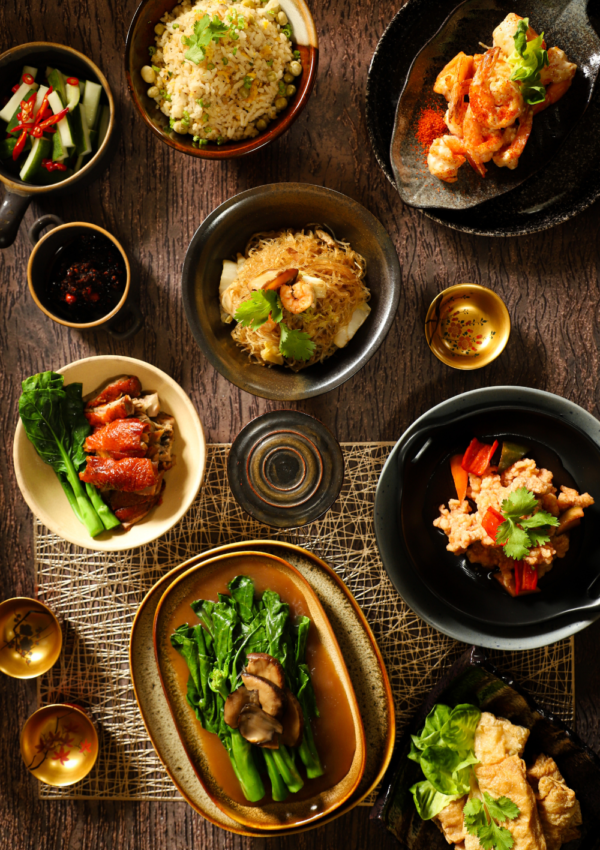Routed in heritage and tradition
As a British-born Chinese (BBC), I have enjoyed growing up eating Western and Eastern cuisines.
It has made me a food lover and experimental foodie who enjoys tasting cooking from all over the world.
Over the years, I’ve gained an understanding of food nutritional values following the West and food energy properties in line with the East.

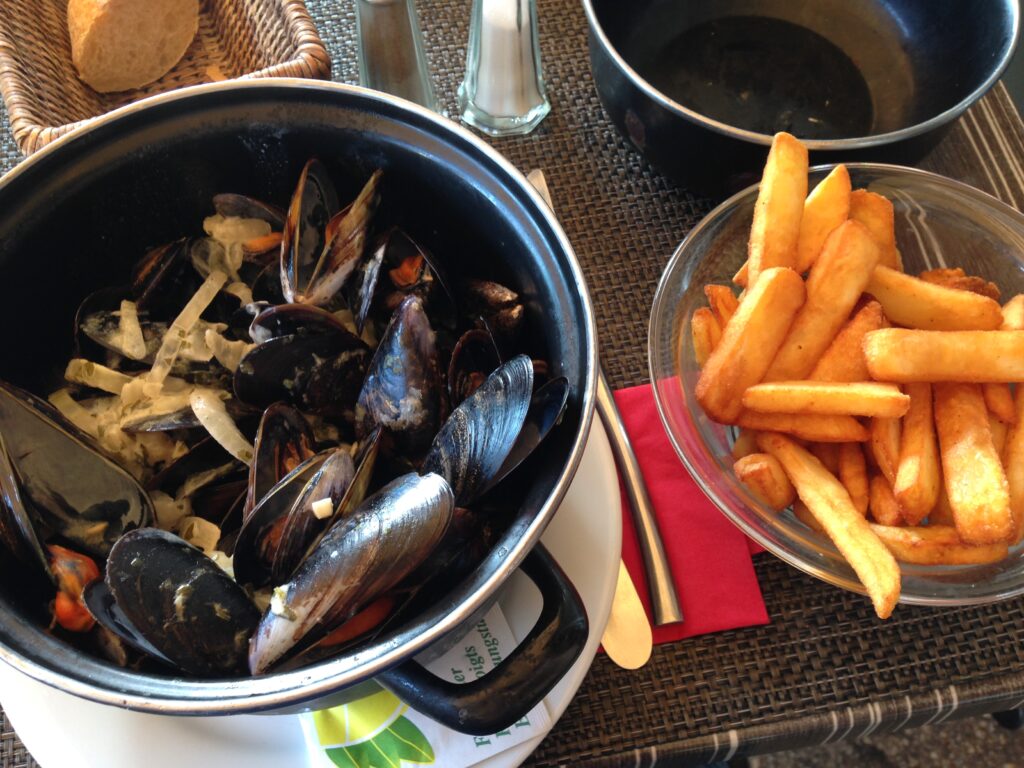
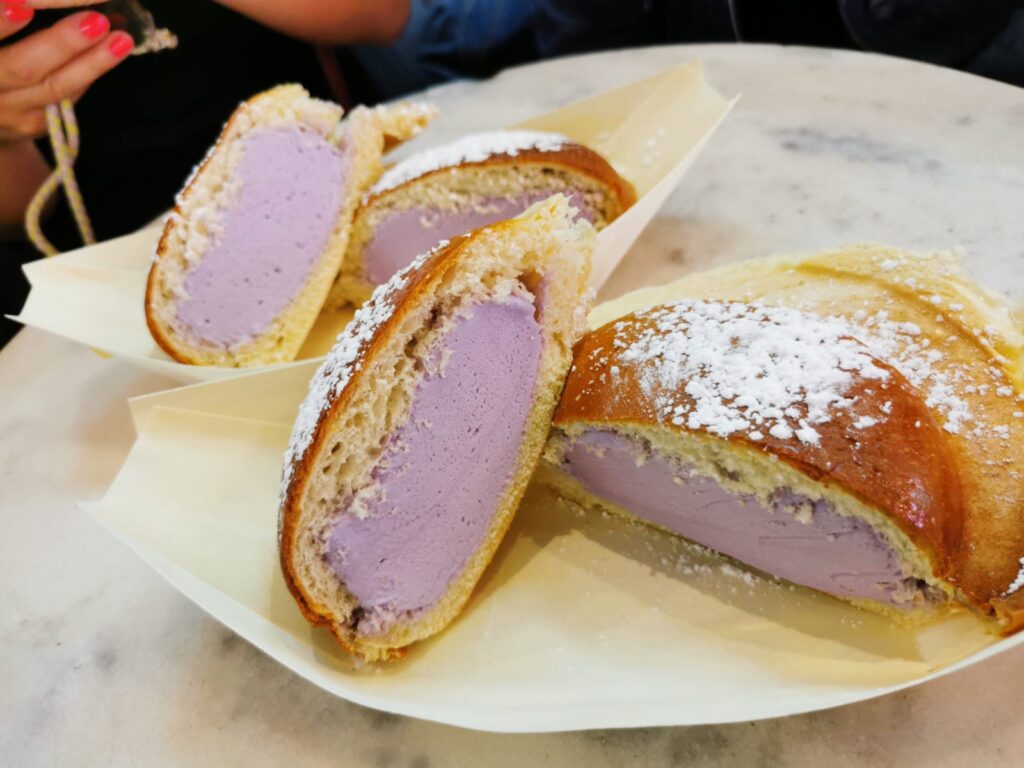
For body-warming foods, this blog focuses on Chinese tradition and culture, where food has different energies and affects our bodies in various ways.
Chinese people classify food as heating, cooling, drying, or damp. We believe in eating balanced meals for optimum health benefits and preventing illness and disease.
But more importantly, we advocate supplementing our diet with foods we feel are lacking in our body and needed to rebalance our well-being.
Based on the teachings I received since childhood, at home, and in the Chinese community, and my practice of balancing food energy, we’ll explore Chinese food culture and the best body-warming foods for winter.
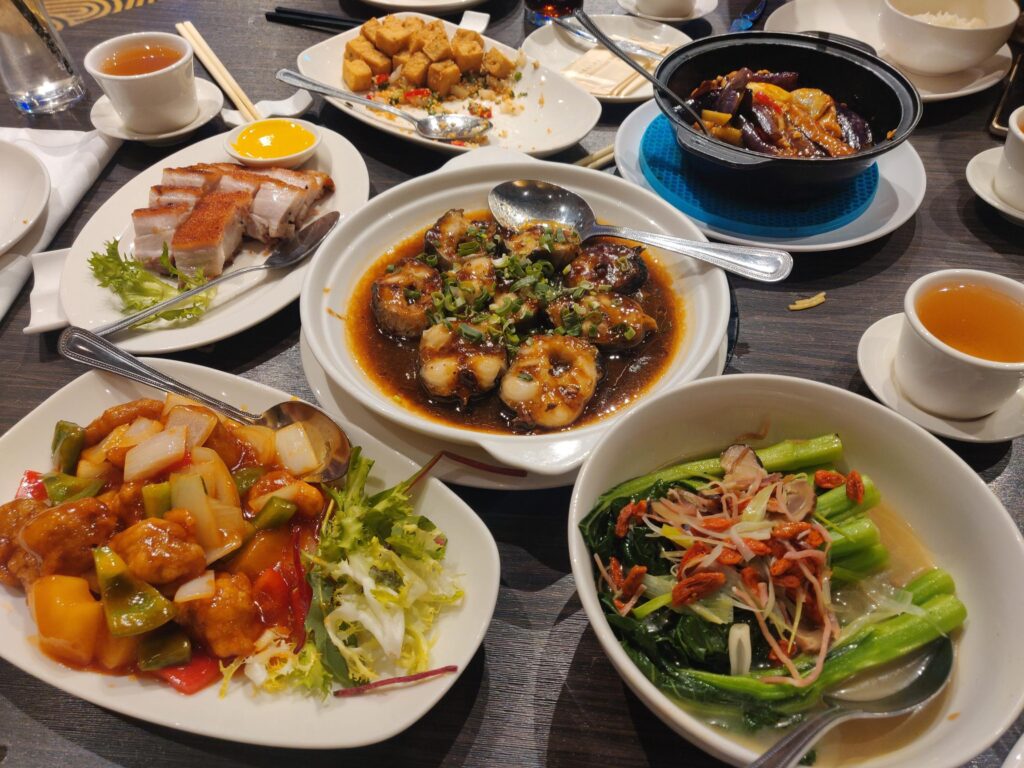
Principles of Chinese medicine
According to Chinese medicine, certain foods heat the body, while others have a cooling effect.
Some foods are drying, while others cause the body to become damp (for example, swollen or sluggish).
It is for this reason that Chinese medicine promotes the intake of food and drink to balance our body’s energy.
By achieving balance, we stand the best chance of preventing physical, mental, and emotional disharmony.
Practically, we decrease excess heat in our body with cooling foods and reduce dampness with drying foods.
Aside from being fully conscious and aware of the types of food we eat, there are signs to look out for.
For example, when there is too much heat in the body, it displays redness, burning sensations, inflammation, breakouts, acidity, loose stools, and fiery emotions like irritability and anger.
When the body is too damp, it expresses weight gain, fluid accumulation, watery discharges and mucous, lethargy, lumps and cysts, nausea, and over-sentimentality.
Upon seeing these signs, we should eat counteracting food types to rebalance our bodies.
Warming foods
Warming foods and drinks:
| Fruits & Veg | Nuts, Seeds, Spices | Meat | Drinks |
| Apricot Cherry Grapes Lychee Mandarin Mango Peach Pineapple Leek Onion Pumpkin Spring Onion | Chestnut Chilli Cinnamon Garlic Ginger Mustard Pepper Turmeric Walnut | Beef Chicken Lamb Prawns Venison | Black tea Ginger tea Jasmine tea Wine Spirits |
Having these food and drinks in winter will help you warm up! But throughout the year, you can have these (in soups and curries) to balance excess cold. Add spicy herbs to food, including ginger, garlic, black pepper, and cinnamon, to increase circulation and digestion.
One of the most delicious, comforting, and moreish dishes I enjoy any time of year, with hot steamed or sticky rice, is a braised chicken, chestnut, and mushroom pot.
Run a search to see recipes for this traditional meal using a lot of the ingredients listed above.
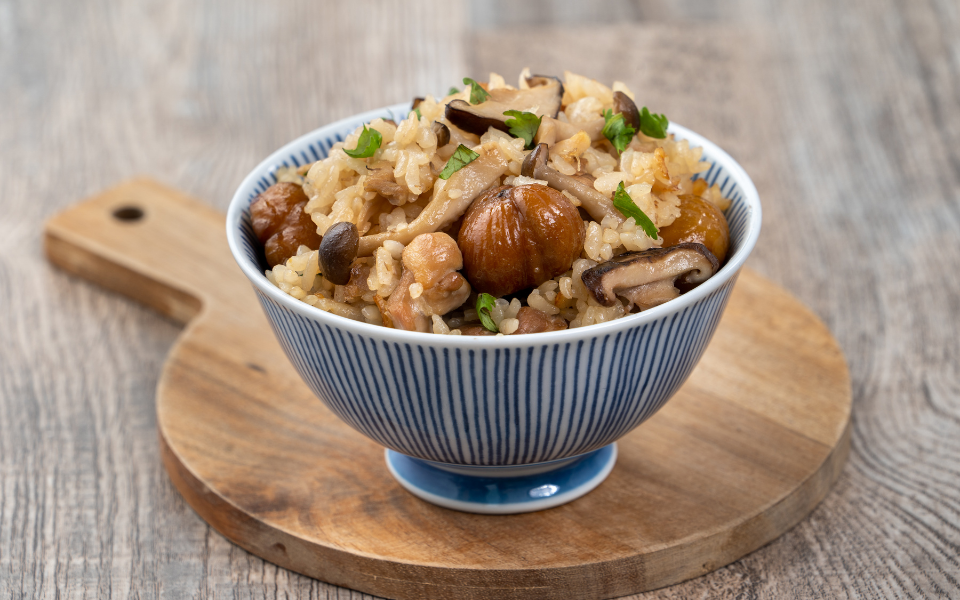
This meal is particularly tasty when made with fresh chestnuts collected locally from chestnut trees in autumn, around early to mid October.
Try it and let me know what you think!
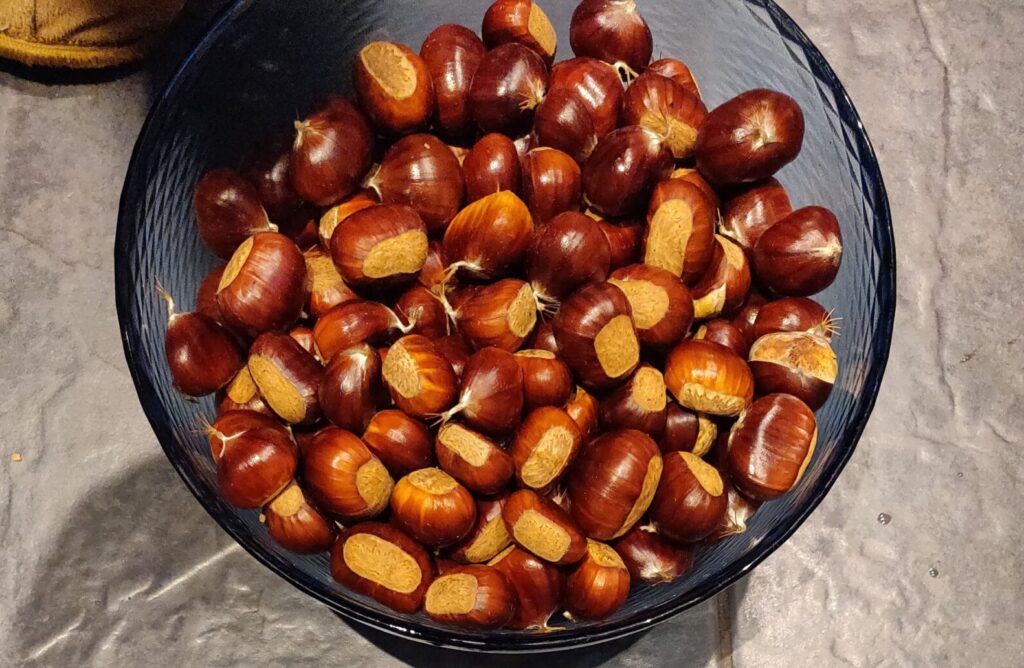
Combating the cold
When our body is cold, our complexion becomes paler, we feel cold and weaker, our muscles may spasm, and we might feel demotivated and emotionally withdrawn. In addition, we may experience:
- Poor circulation – cold hands and feet
- Weak digestion – low appetite, IBS, period cramps
- Low thyroid function – feeling sluggish, weight gain, tiredness
- Poor memory and concentration
- Exhaustion and depression
In line with Chinese medicine, we can balance excess cold by:
- Reducing refrigerated and frozen foods – including ice cream, iced drinks, raw and leafy foods
- Avoiding fasting and detoxification
- Eating more warming foods
- Drinking warm drinks – like herbal teas and water at room-temperature
- Doing high intensity exercise, going to saunas and having oil massages
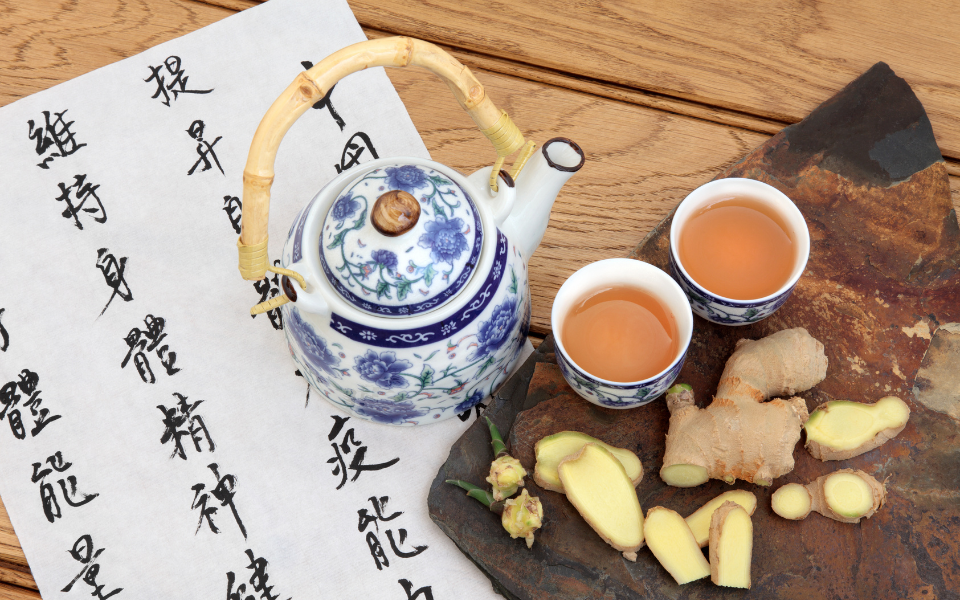
Favourite dish to keep you cosy
Although a BBC, my heritage stems from the southern province of China. Dad was from Guangzhou, the capital of Guangdong, and Mum from Hong Kong. Therefore, my sisters and I grew up eating Cantonese food.
Like most cultures around the world, Cantonese cuisine is abundant in stews, soups, and teas in the winter. When the days are shorter and the nights colder, our bodies naturally crave soups, stews, and warmth.
My all-time favourite Cantonese meal, which is perfect for keeping things cosy in winter but can be eaten all year around, is Hot Pot. Arguably one of the best-known dishes in Guangzhou, hot pot literally translates to fire pot and is a must-have winter meal.
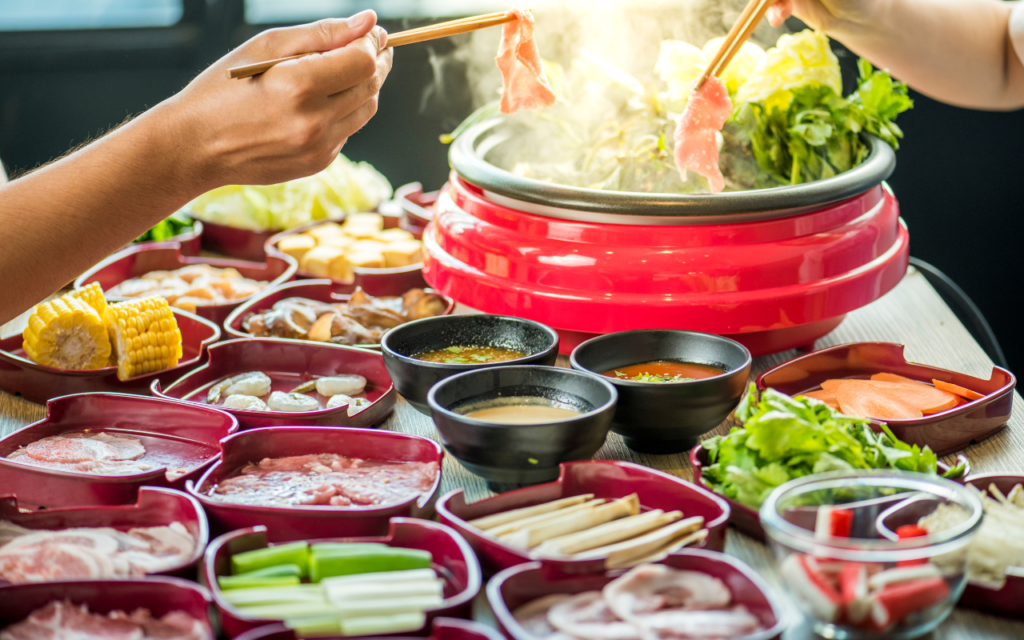
Hot Pot history & body-warming benefits
It is thought to have originated from Mongol warriors who ate communally from a large fire pot. Other theories suggest that it was created by boatmen in northern China in the Sichuan province. Regardless, hot pot is perfect for winter and provides a fun and adventurous communal dining experience.
I love it for the fact you can use your favourite spices in the broth and your preferred meats, veg, and noodles.
For optimum benefits, the warming ingredients listed above and the fruits to cleanse the palette and as a healthy dessert are great choices.
As well as lychee, I love longan.
However, with anything good and warming, it’s best to have these sparingly to avoid taking too much heat into the body.

Whether you have a tomato-based seafood hot pot (my favourite!) or a spicy Sichuan version, the only equipment you need is a heat source, a pot, and chopsticks — easy peasy!
Built on the foundation of sharing and community, hot pot is comforting, best enjoyed with people you care about, and my top body-warming food for winter!
To have this at a restaurant, book a table here! Haidilao in Piccadilly Circus, London, is absolutely fabulous.
